View all Standards for Texas Essential Knowledge and Skills for Theatre Arts
C.1.K identify and recognize the importance of safe theatre practices.
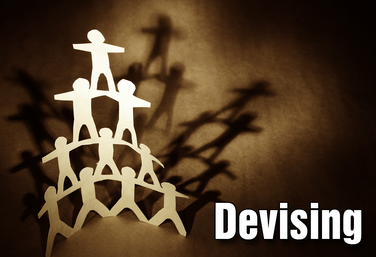
Part of the Drama Two Curriculum
Devising
by Corinna Rezzelle
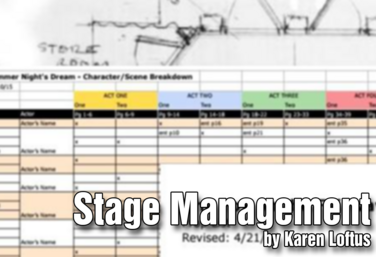
Stage Management
by Karen Loftus
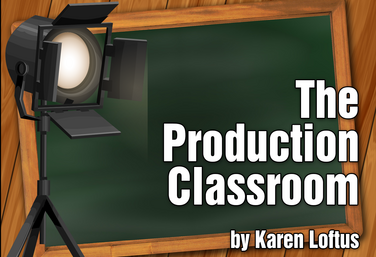
Part of the Production Classroom Units Curriculum
Production Classroom Units Overview
by Karen Loftus

Part of the Production Classroom Units Curriculum
Part One - Pre-Production
by Karen Loftus

Part of the Production Classroom Units Curriculum
Part Two - Rehearsal and Performance
by Karen Loftus

Part of the Production Classroom Units Curriculum
Part Two - Documents
by Karen Loftus

Part of the Production Classroom Units Curriculum
Part Three - Reflection and Assessment
by Karen Loftus
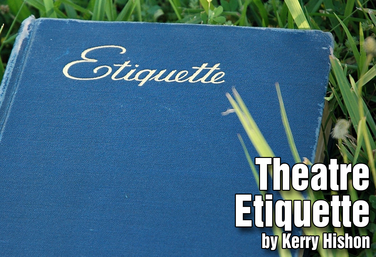
Theatre Etiquette
by Kerry Hishon
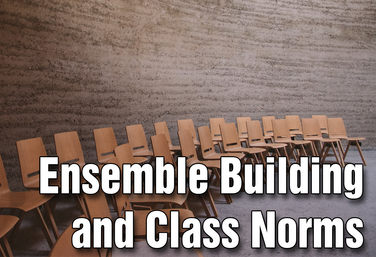
Part of the Middle School Curriculum
Unit One: Ensemble Building and Class Norms
by Lindsay Johnson

Part of the Stagecraft Without a Theatre Curriculum
Scenic Construction
by Karen Loftus
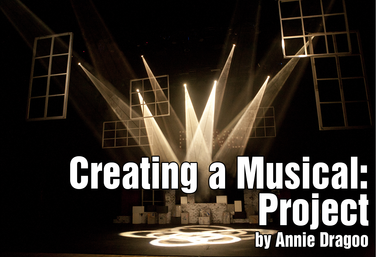
Creating a Musical: Project
by Annie Dragoo
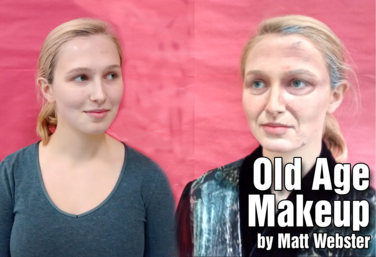
Old Age Makeup
by Matt Webster
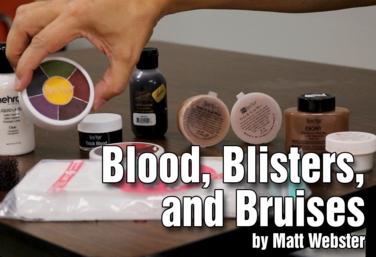
Blood, Blisters & Bruises Makeup
by Matt Webster

The Do-it-All Director's Introduction to Set Design
by Holly Beardsley
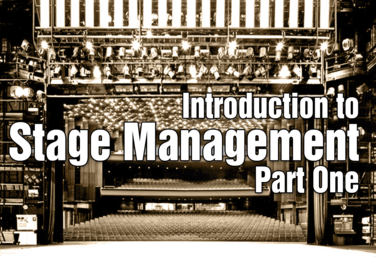
Introduction to Stage Management Part One
by Karen Loftus
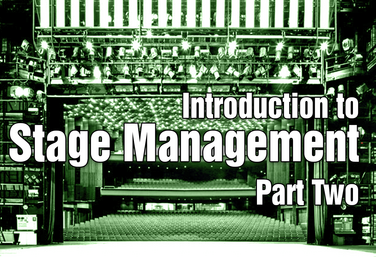
Introduction to Stage Management Part Two
by Karen Loftus
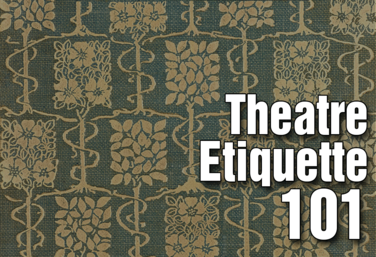
Theatre Etiquette 101
by Kerry Hishon

The Production Classroom
by Karen Loftus
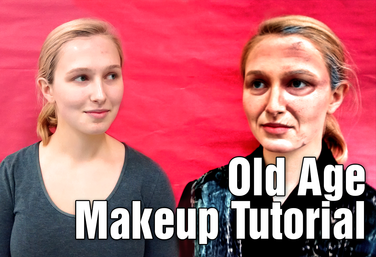
Old Age Makeup Tutorial
by Matt Webster

21st Century Skills Through Devising
by Allison Williams
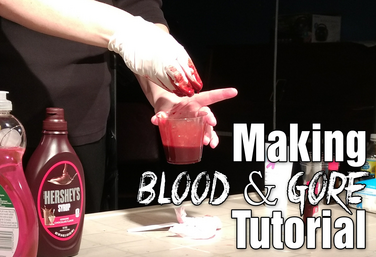
Making Blood and Gore Tutorial
by Linda Veneris
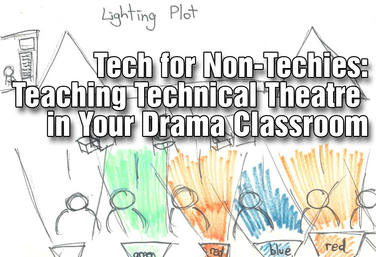
Tech for Non-Techies: Teaching Technical Theatre in Your Drama Classroom
by Josh Hatt
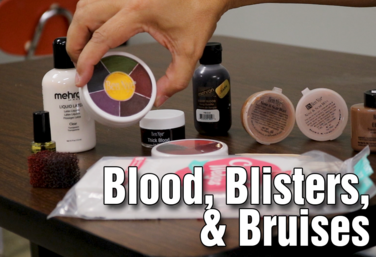
Blood, Blisters & Bruises
by Matt Webster

Tech Knowledge: Integrating Tech Throughout Your Rehearsal Process
by Claire Broome
View all Standards for Texas Essential Knowledge and Skills for Theatre Arts Standards Master List